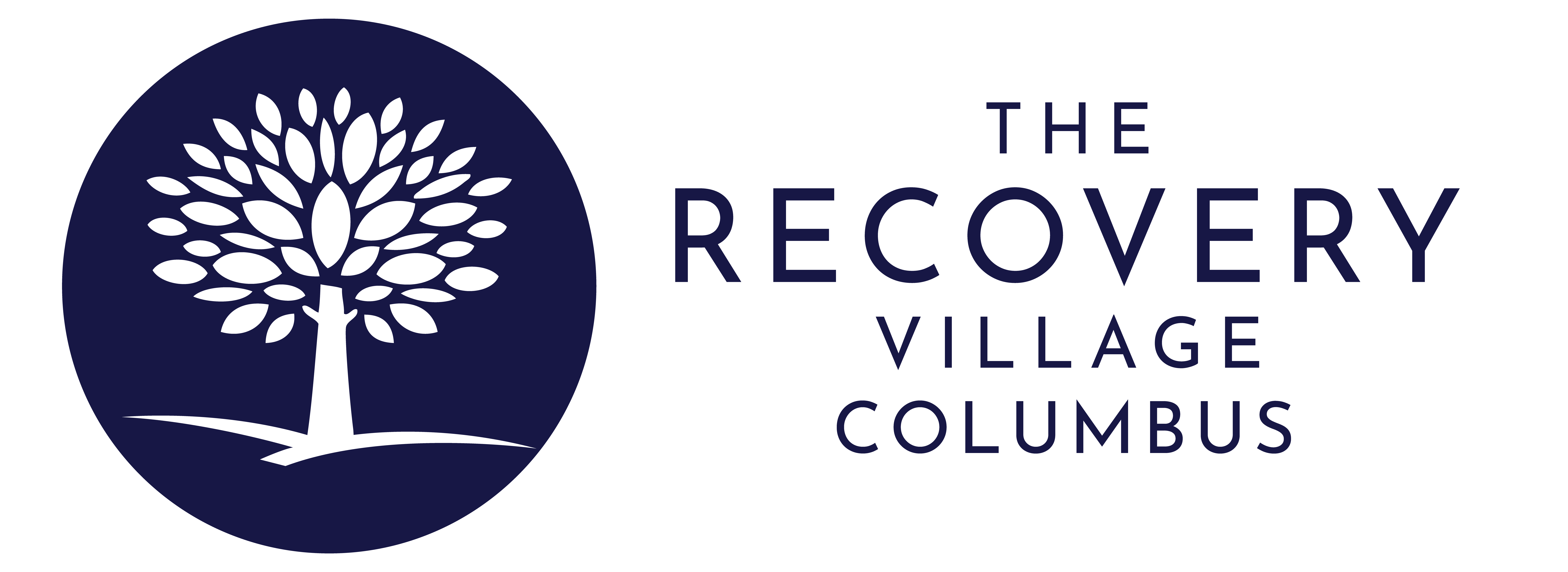Teenage Mental Health During the COVID-19 Pandemic

By The Recovery Village Columbus
Last Updated: December 13, 2022
The COVID-19 pandemic has taken a major toll on the mental health of young people. The rapid spread of the virus and subsequent lockdown, closure of in-person classes, physical distancing and loss of social connection have been difficult for many adolescents to cope with.
Using a database of billions of private insurance claims, researchers with FAIR Health found that people aged 13 to 22 used mental health services much more often in 2020 than in pre-pandemic 2019. This was most pronounced for teens aged 13 to 18, whose mental health claims nearly doubled over the first months of the pandemic.
Beyond the increase in visits connected to mental health concerns like depression, anxiety, and substance use disorder, claims for intentional self-harm and overdoses increased by over 90%.
The Census Bureau also highlighted a pandemic-related increase in mental health issues across the U.S. In their Household Pulse Survey, they found the number of people with depression or anxiety symptoms quadrupled since the pandemic began. In addition, 56% of young adults aged 18 to 24 reported symptoms of depression in December 2020, and more than a quarter reported suicidal feelings.
Types of Mental Health Issues Teens Face
When a teen is mentally healthy, they will:
- Have the capacity to laugh and have fun
- Develop mutually supportive relationships
- Be able to acclimate to change
- Participate in meaningful activities
- Have self-confidence
This doesn’t mean they won’t experience the ups and downs of life. However, their resilience and coping abilities should prevent life’s challenges from causing too much damage or interfering with day-to-day functioning.
Teens can also experience the full range of mental health issues, though many of them go undiagnosed and untreated. According to the World Health Organization:
- Half of all mental health conditions start by the age of 14
- Depression is a leading cause of illness among people aged 10 to 19
- Suicide is the fourth leading cause of death among teens aged 15 to 19
Mental Health Issue vs. Mental Disorder
Not all teens who struggle with their mental health have a diagnosable mental disorder.
A mental disorder must meet specific criteria that persist over a specified time period, interfere with their everyday life and impact their thinking, emotions or behavior.
There isn’t a clear or single cause of mental disorders, but there are risk factors. These can include:
- Traumatic or challenging experiences
- Stress
- Loneliness
- Genetics and brain biology
- Substance use
Common Mental Health Disorders in Teens
Common mental disorders that teens experience include:
- Depression: When a teen expresses feelings of sadness or emptiness and loses interest in the things they used to enjoy, they may be depressed. It’s not uncommon, as more than three million teens in the U.S. have experienced a major depressive episode.
- Anxiety: Anxiety can show up in several forms. If a teen is constantly worried about different issues, can’t focus or is unusually irritable, they may have generalized anxiety disorder (GAD). If they are extremely self-conscious and unable to speak up in class or engage in after-school activities, they may have social anxiety disorder.
- Obsessive-compulsive disorder (OCD): It’s common for OCD to start in adolescence or young adulthood. Symptoms of OCD include unwanted and intrusive thoughts and compulsive behaviors like counting, checking or handwashing.
- Post-traumatic stress disorder (PTSD): When a teen experiences something traumatic, they may develop symptoms of post-traumatic stress disorder. These symptoms can last for months or years.
- Attention deficit/hyperactivity disorder (ADHD): More than three million adolescents aged 12 to 17 are diagnosed with ADHD, which often co-occurs with behavior problems, anxiety and other disorders.
- Eating disorders: Three common types of eating disorders are anorexia, bulimia and binge eating disorder. Eating disorders can occur at any point in a person’s life, but most first-time cases occur by the age of 25.
- Substance use disorder: By the end of high school, about two-thirds of U.S. students have tried alcohol and about half have used marijuana. Both of these substances can affect brain development and lead to unhealthy substance use down the line.
See More: Psychoeducation for Mental Health Disorder
Warning Signs
General moodiness can be a normal part of a teenager’s development. However, mood issues can also be an indication of something more. While it’s not always easy to tell the difference, there are several common signs that tend to show up with each mental disorder.
Depression
- Changes in grades and academic performance
- Irritability that’s out of character
- Loss of interest in social activities
- Emotional numbness
- Changes in energy
- Weight gain or loss
- Disinterest in friends or social activities
- Poor personal grooming
- Frequent fights or other behavioral issues
- Suicidal thoughts
Anxiety
- Nervousness and general worry
- Fear of speaking up in class or participating in group activities
- Inability to focus
- Overwhelming concern about being embarrassed or criticized
- Panic attacks (racing heart, tightness in chest, feeling faint, sense of terror)
- Restlessness
- Irritability
- Aches or pains that aren’t explained by something else
- Sleep problems
Obsessive-Compulsive Disorder
- Resistance to change
- Taking excessive amounts of time to complete everyday routines
- Intrusive and sometimes disturbing thoughts (such as fears of harming others)
- Compulsive acts (needing to do something in a specific order or a certain number of times)
- Redoing tasks
- Excessive washing
- Skin picking
Post-Traumatic Stress Disorder
- Impulsivity
- Aggression
- Nightmares
- Flashbacks
- Avoidance of reminders of the traumatic experience
- Difficulty focusing
- Emotional numbness
Attention Deficit/Hyperactivity Disorder
- Disorganization (for example, frequently losing items)
- The frequent appearance of being lost in a daydream
- Distractibility
- Academic challenges (forgetting to complete assignments)
- Impulsivity
Eating Disorders
- Preoccupation with weight, food or calories
- Restrictions against large categories of foods
- Frequent diets
- Refusal to eat with others
- Stockpiles of food
- Extreme concern about body shape or size
- Fluctuations in weight
- Withdrawal from friends and family
- Mood swings
Substance Use Disorder
- Bloodshot eyes
- Eating more or less than usual
- Changes in sleep patterns
- Poor personal grooming
- Changes in weight
- Slurred speech
- Relationship difficulties
- Secretive or suspicious behaviors
Teen Mental Health in Ohio
Teen mental health is a serious issue in Ohio, where suicide is the second leading cause of death for teens aged 14 to 18. The teen suicide rate is the highest in the Appalachian area, but 37 of the 88 counties in Ohio have suicide rates that are above the national average.
In 2019, one-third of public and private high school students in the state reported feeling so sad or hopeless that they stopped engaging in activities that they normally do. That same year, more than 4,000 people died of an unintentional drug overdose in Ohio. Considering the nationwide trends, these numbers have likely risen during the pandemic.
Treatments
Our evidence-based treatment programs recognize the unique needs of teens and are individualized based on an in-depth evaluation. Our treatment programs include:
- Drug and alcohol detox: Detox is medically managed for safety and has a focus on minimizing discomfort.
- Inpatient treatment: Teen clients live onsite at our residential treatment facility and attend medical visits, therapy and regularly programmed activities.
- Integrated mental healthcare: Substance use disorders often go hand in hand with other mental health disorders. Our holistic treatment programs will assess mental health issues and treat those simultaneously.
- Relapse prevention: We provide therapy that’s focused on long-term recovery.
- Rehab aftercare: Before each teen leaves the facility, we set up therapy appointments and support group meetings to ensure an ongoing commitment to recovery.
If your teen is struggling with substance use and a co-occurring mental health disorder, treatment is available. Reach out today to speak to one of our caring representatives and learn more about options that can work well for your child’s situation.
Sources
- Centers for Disease Control and Prevention. “Anxiety and Depression: Household Pulse Survey.” September 22, 2021. Accessed October 1, 2021.
- Centers for Disease Control and Prevention. “Data and Statistics About ADHD.” September 23, 2021. Accessed October 1, 2021.
- Doyle, Céilí. “’A perfect storm’: Challenges of life i[…]en’s mental health.” The Columbus Dispatch, August 26, 2021. Accessed October 1, 2021.
- FAIR Health. “The Impact of COVID-19 on Pediatric Ment[…]te Healthcare Claims.” 2021. Accessed October 1, 2021.
- National Institute of Mental Health. “Major Depression.” Accessed October 1, 2021.
- Ohio Department of Health. “Drug Overdose.” Accessed October 1, 2021.
- Panchal, Nirmita; Kamal, Rabah; Cox, Cynthia; Garfield, Rachel. “The Implications of COVID-19 for Mental […]th and Substance Use.” Kaiser Family Foundation, February 10, 2021. Accessed October 1, 2021.
- Saker, Anne. “Suicide in Ohio: 37 of 88 counties above[…]us could cause spike.” The Columbus Dispatch, July 6, 2020. Accessed October 1, 2021.
- The Mental Health & Addiction Advocacy Coalition (MHAC). “Suicide in Ohio: Facts, Figures, and the Future.” August, 2020. Accessed October 1, 2021.
- Ward, Zachary J.; Rodriguez, Patricia; Wright, Davene R.; Austin, S. Bryn; Long, Michael W. “Estimation of Eating Disorders Prevalenc[…]esentative US Cohort.” JAMA Network Open, October 9, 2019. Accessed October 1, 2021.
- World Health Organization. “Adolescent Mental Health.” September 28, 2020. Accessed October 1, 2021.

Questions?
Our Recovery Advocates are ready to answer your questions about addiction treatment and help you start your recovery.
